Queens Park
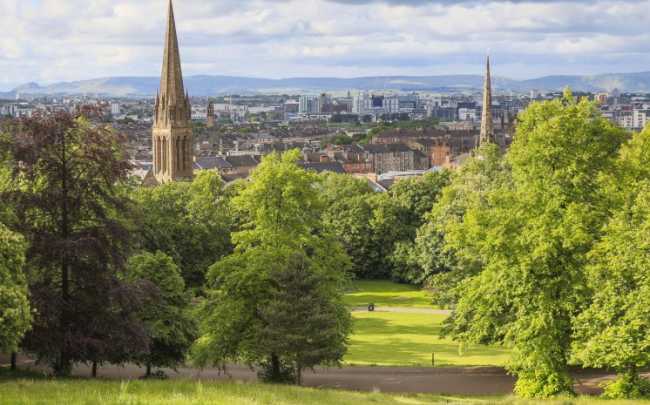
Queen’s Park, on Glasgow’s South Side, spans 60 hectares of landscaped grounds designed in the 1850s by Sir Joseph Paxton, with later refinements by city architect John Carrick. Named in honour of Mary, Queen of Scots—who lost the nearby Battle of Langside in 1568—it blends formal Victorian design with natural woodland and open meadows. At its heart, the elevated Camphill offers panoramic views across the city to the Campsie Fells and Ben Lomond. Historic features include the remnants of an Iron Age fort, ornamental gardens, and a boating pond, alongside modern facilities such as tennis courts, a skate park, and play areas. The park’s glasshouse and nursery display exotic plants, while its nature pond attracts swans, ducks, and other wildlife. Surrounded by vibrant neighbourhoods like Shawlands and Battlefield, Queen’s Park remains a lively green space where history, leisure, and community life meet in one of Glasgow’s most cherished public landscapes.
Glasgow ScotlandQueen’s Park is a large, 60-hectare (148-acre) public park located about 2.5 miles south of Glasgow city centre, nestled between the residential districts of Battlefield, Crosshill, Govanhill, Langside, Shawlands, and Strathbungo. Designed by renowned landscape architect Sir Joseph Paxton in the mid-19th century, the park blends formal gardens, woodland areas, and open grassy slopes. It features impressive entrances like the Victoria Road gates and a grand granite staircase leading to a wide terrace with panoramic city views. Historically, the area was the site of the Battle of Langside in 1568, where Mary, Queen of Scots was defeated. Today, the park provides recreational spaces, walking paths, and views of the city skyline, surrounded by vibrant urban neighbourhoods and close to urban amenities, including the Glasgow Victoria Infirmary hospital. Queen’s Park also gives its name to the nearby railway station and the local football team, emphasizing its cultural significance within Glasgow.
 Kelvingrove Art Gallery and Museum
Glasgow
Kelvingrove Art Gallery and Museum
Glasgow
 Riverside Museum
Glasgow
Riverside Museum
Glasgow
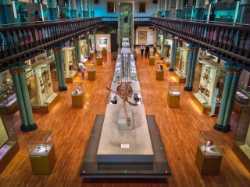 Hunterian Museum
Glasgow
Hunterian Museum
Glasgow
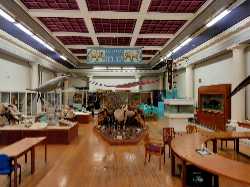 The Hunterian Zoology Museum
Glasgow
The Hunterian Zoology Museum
Glasgow
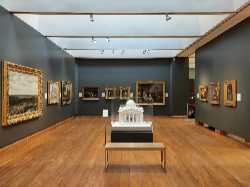 The Hunterian Art Gallery
Glasgow
The Hunterian Art Gallery
Glasgow
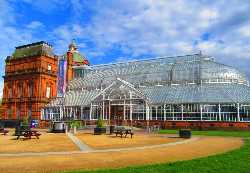 People’s Palace and Winter Gardens
Glasgow
People’s Palace and Winter Gardens
Glasgow
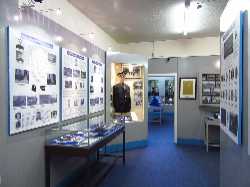 Glasgow Police Museum
Glasgow
Glasgow Police Museum
Glasgow
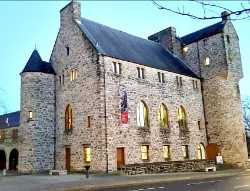 St. Mungo Museum of Religious Life and Art
Glasgow
St. Mungo Museum of Religious Life and Art
Glasgow
 The Tenement House
Glasgow
The Tenement House
Glasgow
 Scottish Football Museum
Glasgow
Scottish Football Museum
Glasgow
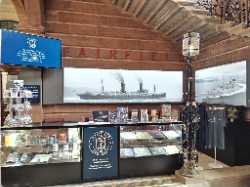 Fairfield Heritage
Glasgow
Fairfield Heritage
Glasgow
 Theatre Royal Glasgow
Glasgow
Theatre Royal Glasgow
Glasgow
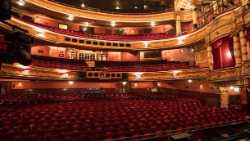 Glasgow King’s Theatre
Glasgow
Glasgow King’s Theatre
Glasgow
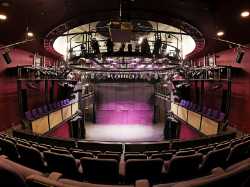 Tron Theatre
Glasgow
Tron Theatre
Glasgow
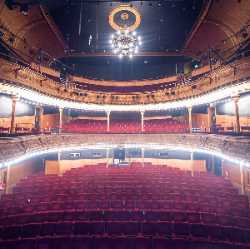 Citizens Theatre
Glasgow
Citizens Theatre
Glasgow
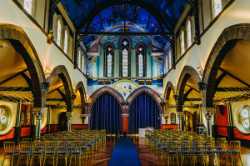 Òran Mór
Glasgow
Òran Mór
Glasgow
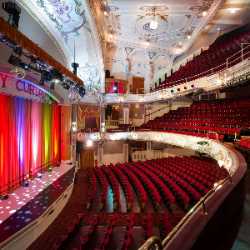 Pavilion Theatre
Glasgow
Pavilion Theatre
Glasgow
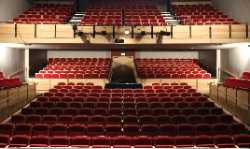 Webster’s Theatre
Glasgow
Webster’s Theatre
Glasgow
 Eastwood Park Theatre
Glasgow
Eastwood Park Theatre
Glasgow
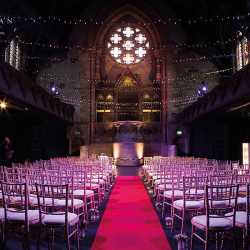 Cottiers Theatre
Glasgow
Cottiers Theatre
Glasgow
 Platform Theatre
Glasgow
Platform Theatre
Glasgow
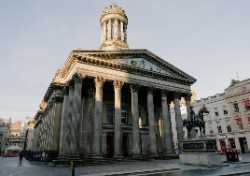 Gallery of Modern Art
Glasgow
Gallery of Modern Art
Glasgow
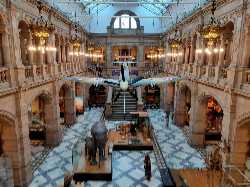 Kelvingrove Art Gallery
Glasgow
Kelvingrove Art Gallery
Glasgow
 Compass Gallery
Glasgow
Compass Gallery
Glasgow
 Roger Billcliffe Gallery
Glasgow
Roger Billcliffe Gallery
Glasgow
 The Modern Institute
Glasgow
The Modern Institute
Glasgow
 Transmission Gallery
Glasgow
Transmission Gallery
Glasgow
 Trongate 103
Glasgow
Trongate 103
Glasgow
 Project Ability Gallery
Glasgow
Project Ability Gallery
Glasgow
 Glasgow Print Studio
Glasgow
Glasgow Print Studio
Glasgow
 Holmwood House
Glasgow
Holmwood House
Glasgow
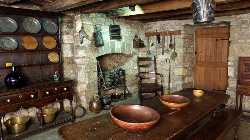 Provand’s Lordship
Glasgow
Provand’s Lordship
Glasgow
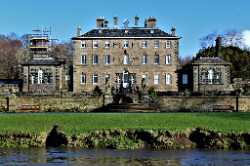 Pollok House
Glasgow
Pollok House
Glasgow
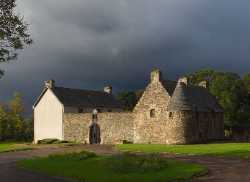 Provan Hall
Glasgow
Provan Hall
Glasgow
 House for an Art Lover
Glasgow
House for an Art Lover
Glasgow
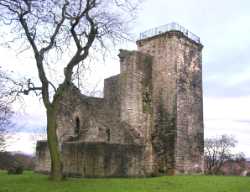 Crookston Castle
Glasgow
Crookston Castle
Glasgow
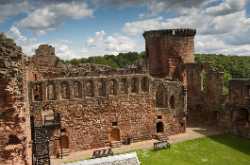 Bothwell Castle
Glasgow
Bothwell Castle
Glasgow
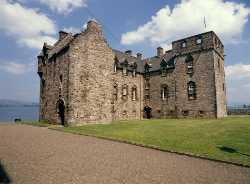 Newark Castle
Glasgow
Newark Castle
Glasgow
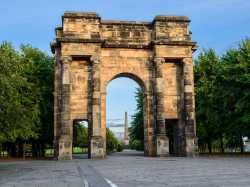 Glasgow Green
Glasgow
Glasgow Green
Glasgow
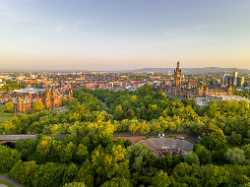 Kelvingrove Park
Glasgow
Kelvingrove Park
Glasgow
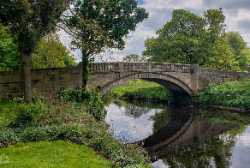 Pollok Country Park
Glasgow
Pollok Country Park
Glasgow
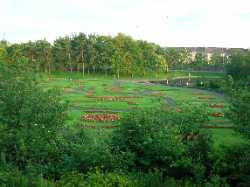 Victoria Park Glasgow
Glasgow
Victoria Park Glasgow
Glasgow
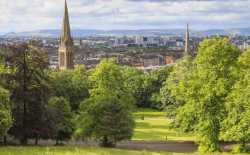 Rouken Glen Park
Glasgow
Rouken Glen Park
Glasgow
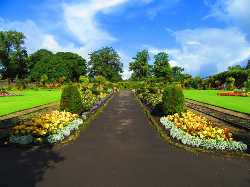 Bellahouston Park
Glasgow
Bellahouston Park
Glasgow
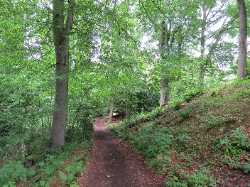 Linn Park
Glasgow
Linn Park
Glasgow
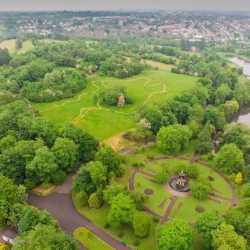 Glasgow Alexandra Park
Glasgow
Glasgow Alexandra Park
Glasgow
 Springburn Park
Glasgow
Springburn Park
Glasgow
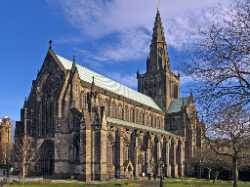 Glasgow Cathedral
Glasgow
Glasgow Cathedral
Glasgow
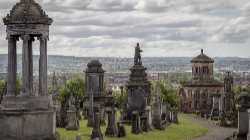 Glasgow Necropolis
Glasgow
Glasgow Necropolis
Glasgow
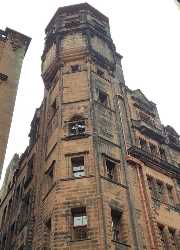 The Lighthouse
Glasgow
The Lighthouse
Glasgow
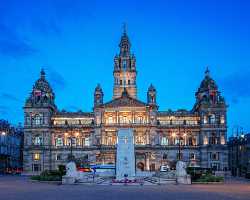 City Chambers
Glasgow
City Chambers
Glasgow
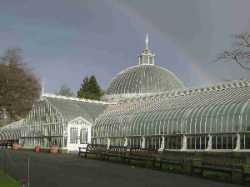 Glasgow Botanic Gardens
Glasgow
Glasgow Botanic Gardens
Glasgow
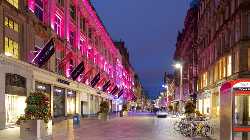 Buchanan Street
Glasgow
Buchanan Street
Glasgow
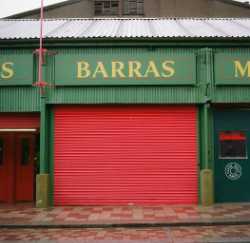 Barras Market
Glasgow
Barras Market
Glasgow
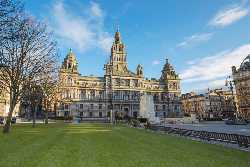 George Square
Glasgow
George Square
Glasgow
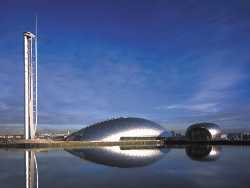 Glasgow Science Centre
Glasgow
Glasgow Science Centre
Glasgow
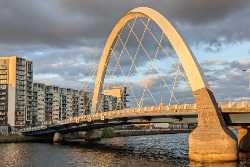 Clyde Arc
Glasgow
Clyde Arc
Glasgow
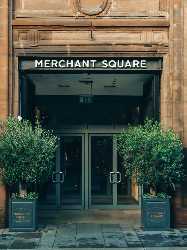 Merchant Square
Glasgow
Merchant Square
Glasgow